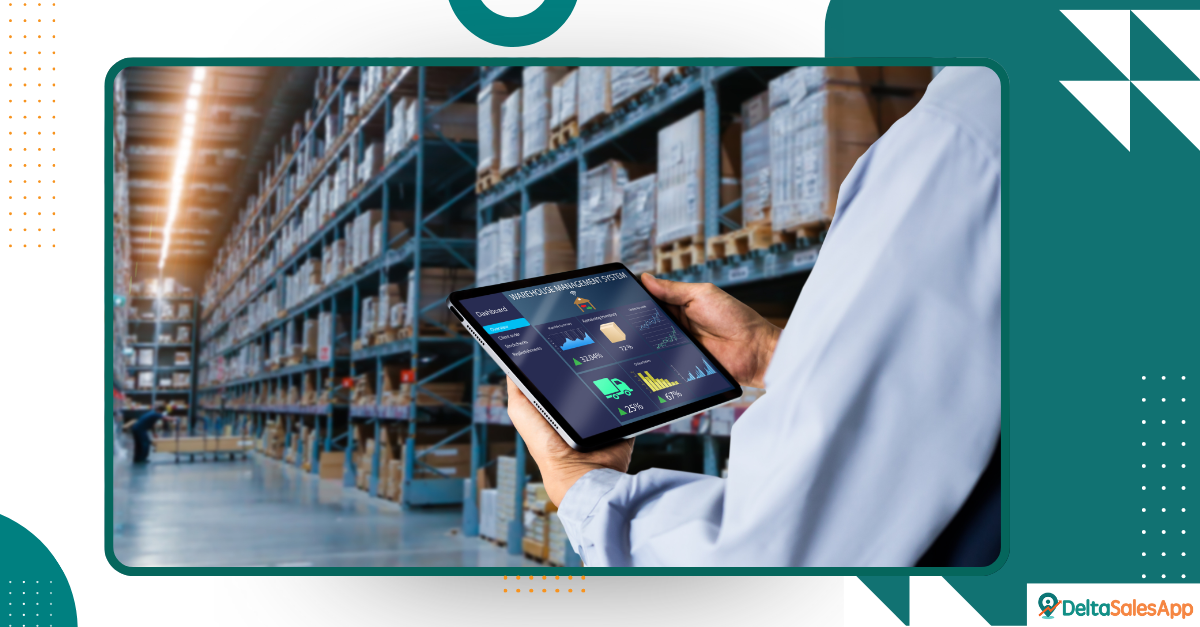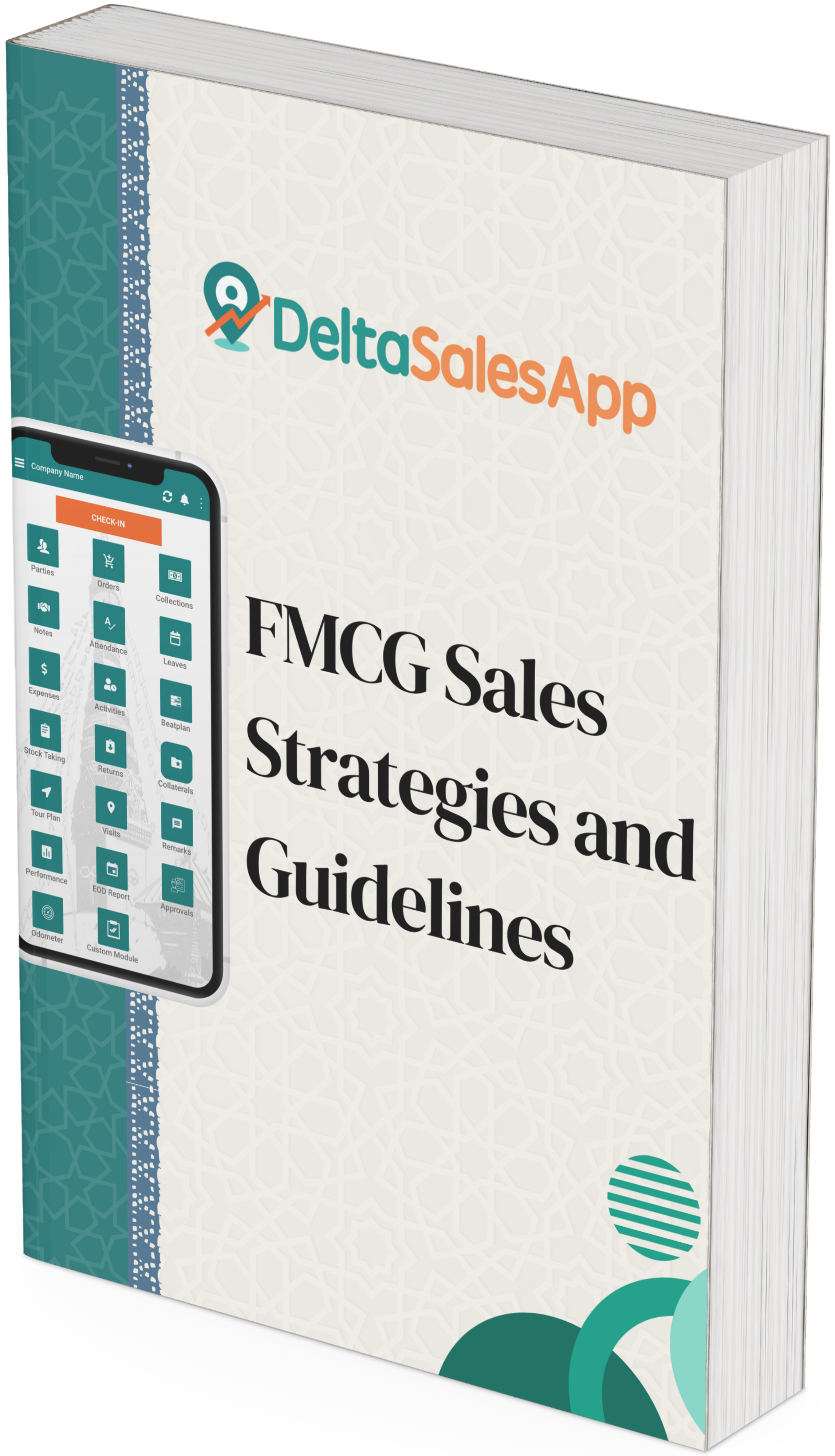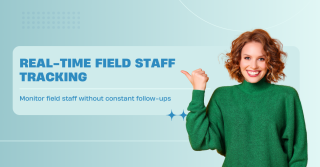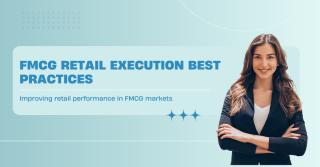Inventory Replenishment: Why it Matters and How to Get it Right?

We’ve all been there — you head to a store to pick up a favorite product, only to find the shelf completely empty. For brands, this isn't just a missed sale — it’s a missed opportunity to earn trust and build loyalty. In a competitive retail landscape, where shelf space is hard-won and quickly lost, efficient inventory replenishment becomes a game-changer.
In this article, we focus on one key pillar of inventory management: inventory replenishment — and how modern brands can enhance it through real-time data, field visibility, and proactive planning. If your team is already tracking secondary sales or using a secondary sales software to manage the flow of goods from distributors to retailers, improving your replenishment strategy could be your next big win.
What is Inventory Replenishment?
Inventory replenishment is the process of moving products through the supply chain to ensure consistent availability at the store level. It typically involves transferring goods from reserve storage (such as a central warehouse) to primary storage locations or directly onto retail shelves.
This process isn’t just about restocking — it’s about doing so intelligently and efficiently, based on demand patterns, stock availability, and lead times. Done right, replenishment ensures your product is where it needs to be, when it needs to be there — without overloading stores or starving them of stock.
Why is Inventory Replenishment so Critical?
Avoiding Stockouts
Out-of-stocks not only result in immediate lost revenue, but can damage your brand’s reputation. Customers rarely wait — if your product isn’t on the shelf, they’ll grab a competitor’s instead. And once that habit forms, it’s hard to break.
Preventing Overstocking
Too much inventory brings its own set of problems — wasted space, cash tied up in unsold goods, and risks of spoilage or obsolescence. This is especially critical for brands operating in fast-moving sectors like food, beverages, or health products._1745233862.png)
Boosting Operational Agility
Whether your team tracks sales through a secondary sales and distribution app or other tools, having a clear replenishment protocol reduces chaos. You’ll know what to order, when to order it, and how much to send, minimizing friction across your supply chain.
Inventory Replenishment Best Practices
1. Use Replenishment Data to Drive Decisions
The smartest brands don’t guess — they analyze. By tapping into point-of-sale data, field reports, and secondary sales insights, you can better understand shelf movement, reorder cycles, and even store-specific trends.
This helps you answer critical questions:
Are certain products selling faster in some regions?
Is your current reorder cadence matching real-world demand?
Are promotions or holidays influencing velocity?
Insights from tools like secondary sales software can help sales managers and supply chain teams align on what’s really happening on the ground.
2. Improve Visibility Between Field & Management
Inaccurate or delayed reporting from the field often leads to poor replenishment decisions. That’s why real-time visibility is so important.
Field reps should be equipped with mobile tools that allow them to capture stock levels, note competitive activity, and submit orders — all from the store floor. Meanwhile, managers need access to dashboards that aggregate this data and spot gaps quickly.
Using tech solutions designed for retail execution — like a secondary sales and distribution app — can bridge the communication gap and ensure alignment between reps, distributors, and HQ.
3. Constantly Monitor and Adjust
Replenishment isn’t static. Lead times shift. Promotions create spikes. Delivery delays happen. That’s why your approach should include regular check-ins and adjustments.
Track what’s working and what’s not.
Adjust safety stock levels as needed.
Incorporate field feedback into your forecasts.
Loop in distributors and retailers to keep expectations realistic.
_1745233835.png)
And most importantly, keep improving. Brands that use a continuous feedback loop across their supply chain consistently outperform those that set replenishment rules and walk away.
Key Takeaways
Inventory replenishment may seem like a behind-the-scenes process, but its impact is very visible — especially to your customers. A smart, data-driven strategy minimizes lost sales, increases shelf efficiency, and keeps your brand competitive.
If your team is already collecting field data and monitoring secondary sales, the next step is to tighten your replenishment loop. With the right tools, insights, and a proactive mindset, replenishment can go from a logistical chore to a competitive advantage.
FAQs
❓What’s the difference between primary and secondary sales in replenishment?
Primary sales refer to sales from a manufacturer to a distributor.
Secondary sales refer to the movement of goods from distributors to retailers. Monitoring secondary sales is crucial for timely replenishment, as it reflects actual retail demand.
❓How can secondary sales software help with inventory replenishment?
Secondary sales software gives visibility into real-time sales at the retail level. This helps brands plan more accurate replenishment schedules based on real consumption data — not just assumptions or distributor orders.
❓What role do field reps play in the replenishment process?
Field reps are on the front lines. They monitor in-store stock levels, track competitor activity, and report shelf conditions. Empowering them with tools like a mobile secondary sales and distribution app ensures fast, accurate updates that help prevent stockouts or overstocking.
❓How often should a replenishment strategy be reviewed?
Ideally, your team should review replenishment data weekly or monthly and conduct quarterly deep dives to adjust forecasting, reorder points based on trends and real-world feedback.









